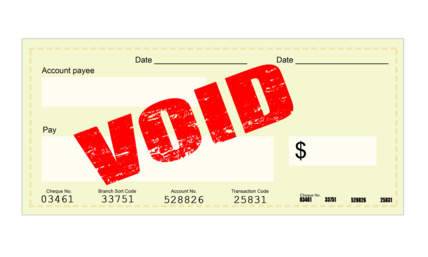How To Make A Pay Stub As An Employer Or A Contractor?
While pay stubs are not mandated by federal law, it is a good policy to provide your employees with a pay stub to accompany their check every month or week. Some states do require that you provide your employees with a pay stub within 1 day of the pay date. You may also need copies of these for various reasons, so it’s a good idea to do them anyway.
Read on to find out how to make a pay stub for yourself or your employees without investing in expensive software or hiring a bookkeeper.
Why are pay stubs important?
A pay stub serves as proof of your earnings. It also shows any contributions you have made towards taxes and other deductions. These are things like taxes, pension fund, social security and Medicare contributions.
You or your workers may need proof of money earned for reasons such as:
- Renting a house
- Applying for finance or a mortgage
- Requesting credit
If you want to stay in the clear with the tax man, keep your records of deductions and withholdings up to date. This also makes filing tax returns easier. In the case of a dispute with an employee, pay stubs will serve as a record of all payments and withholdings regarding employment. Let’s find out how to make a pay stub that meets all these requirements.
How to make a pay stub for your employees
First, do the math. You can use Excel or any other spreadsheet program for this. You can create columns for gross pay, each deduction and net pay. It helps to set up a template that you can use over and over again for each employee and keep for your records. Once you have crunched all the numbers it is quick and easy to create a pay stub using our online paystub creator.
1. Calculate your employee’s gross pay
Gross pay is the starting point for creating a pay stub. For salaried employees this is easy. All you have to do is divide their annual salary by the number of paydays per year. In rare cases, it may be necessary to deduct money for unpaid time off. This comes off the total gross pay reflected. To calculate what you owe hourly-paid workers, multiply the number of hours by the agreed-upon hourly rate for that employee e.g. $6 x 40 hours = $240.
Next, in both cases, calculate any overtime pay earned by the employee by multiplying the hourly rate by 1.5 and then by the number of extra hours worked e.g. ($6 x 1.5) x 2 hours = $18. Add any bonuses or commission earned to the first two figures and the end result is your starting point for all the rest of your calculations e.g. $240 + $18 = $258. When you do the next set of calculations for deductions and withholding, remember that you calculate these amounts from the gross pay total. The calculations are not progressive.
2. Calculate Deductions
It is imperative that you know how to make a pay stub that shows all the relevant city, state and local taxes clearly. You also need to know how to create one shoiwng withholdings such as retirement payments, medical insurance etc.
Federal, State, and Local Tax Deductions
The applicable Federal Taxes are calculated on the employee’s gross earnings and may be looked up on the IRS tax tables. You will see that the amounts differ according to marital status and whether the employee is the head of the household or not. Remember that not all areas charge local taxes. Check with your local authority to be sure.
FICA Tax Withholding (Social Security and Medicare)
To calculate these taxes, you multiply the employee’s gross pay by 6.2% for Social Security and 1.45% for Medicare. Indicate these amounts in the appropriate columns of your worksheet. As an employer, you are required to match these amounts. Social Security deductions have a maximum base rate of $127,200 annually.
Retirement Pension, Insurance or 401(k) plan contribution
If you sponsor any life insurance or a 401(k) plan for your employees, these premiums may be deducted before tax, which makes the gross taxable income less. Roth 401(k) is deducted after tax, so does not affect the total taxes due.
Wage garnishments
If you are required to deduct a wage garnishment from the employee’s salary, you need to deduct this after taxation too.
3. Work out Net Pay
This is the amount that remains after all the deductions and additions to the employee’s gross salary or wage and is the amount that will appear on their paycheck.
How to make a pay stub for yourself
If you pay yourself a salary out of your company account, you will calculate the above in exactly the same fashion as for employees. However, if you do not, you will need to work out how much you have earned by calculating your income versus expenses from your bank account. Once you have figured this out, you can work out your pay stub as above.
How to make a pay stub quickly and easily online
Now that you have done all the calculations and have the figures to hand, we can show you how to make a pay stub for yourself or your employees.
- Open up our online pay stub generator
- Select your state of residence from the drop-down menu.
- This will calculate any state taxes for you.
- Check the box according to who the paystub is for
- I.E. yourself, or one of your employees.
- Fill in all the personal details
- Fill in the company details
- Fill in the rest of the required information
- Salary, pay per hour, hours worked, overtime, or bonuses.
- Fill in the amounts for deductions and withholdings
Finally, submit the information, choose your preferred template from our selection. Then, you can make your payment and print or download your pay stub or pay stubs.















